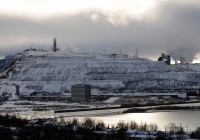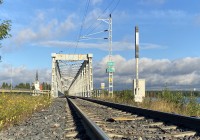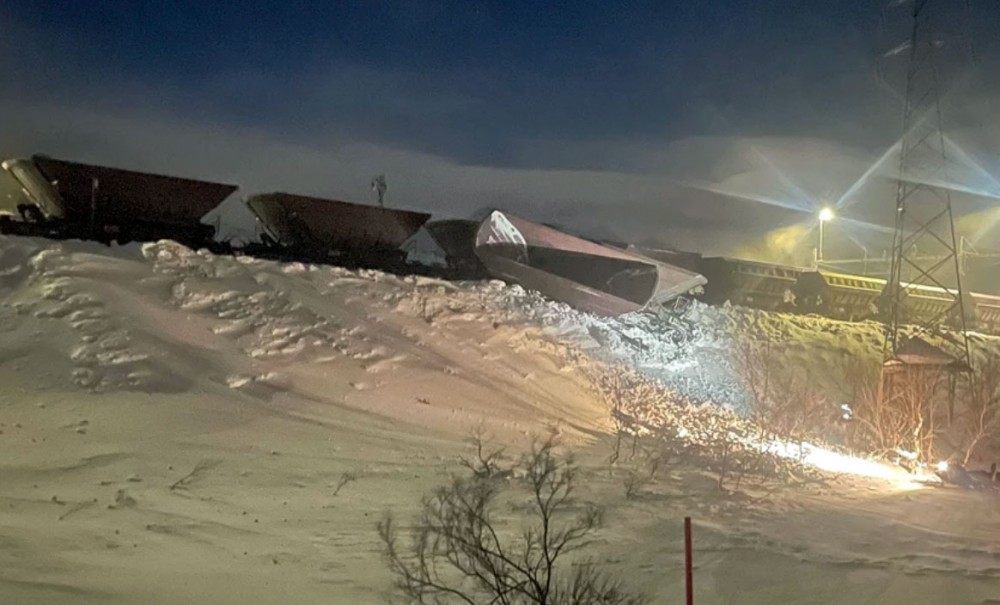
More trouble on Kiruna-Narvik (de)railway shortly after reopening
ADVERTISEMENT
The wagons were empty and the speed was reduced after the line was repaired. But to no help. Wagons again jumped off track on the troubled railway going from the mining town of Kiruna in northern Sweden to the Norwegian deep sea port of Narvik.
Sabotage is one theory, according to local police.
“At the moment, the classification is sabotage.”
“Initiating a preliminary investigation in similar events is a routine measure that enables more investigative measures,” the Swedish police said in a statement, according to broadcaster SVT.
“The investigation will take time given the conditions that exist with extensive damage over a large geographical area in difficult-to-access terrain,” the police says.
“It is currently impossible to forecast when traffic can resume on the route,” says Simon Sunna, head of the railway section with the Swedish Transport Administration.
Sunna admits “It feels very sad that this is happening so near-time to the latest derailment.”
The incident happened just six kilometres north of Vassijaure where an iron-ore train derailed in December.
ADVERTISEMENT
The Swedish Transport Administration and BDX Rail have replaced 25,000 sleepers, and repaired broken rails and switches.
The first loaded train went from Kiruna towards Narvik on February 20. Then, iron-ore had been piling up in Kiruna since the week before Christmas.
Logistic manager Linda Bjurholt with LKAB at the time said revenue losses for the mining company were about SEK 100 million [€8,8 million] a day.
Normally, LKAB sends ten full-loaded trains a day to the port in Narvik for shipments to the European market. That counts for about two-thirds of LKAB’s deliveries. The southern rail, to the port of Luleå, continues with four to five trains each day, but there is no capacity to compensate for what is shipped via Narvik, the mining company informed.
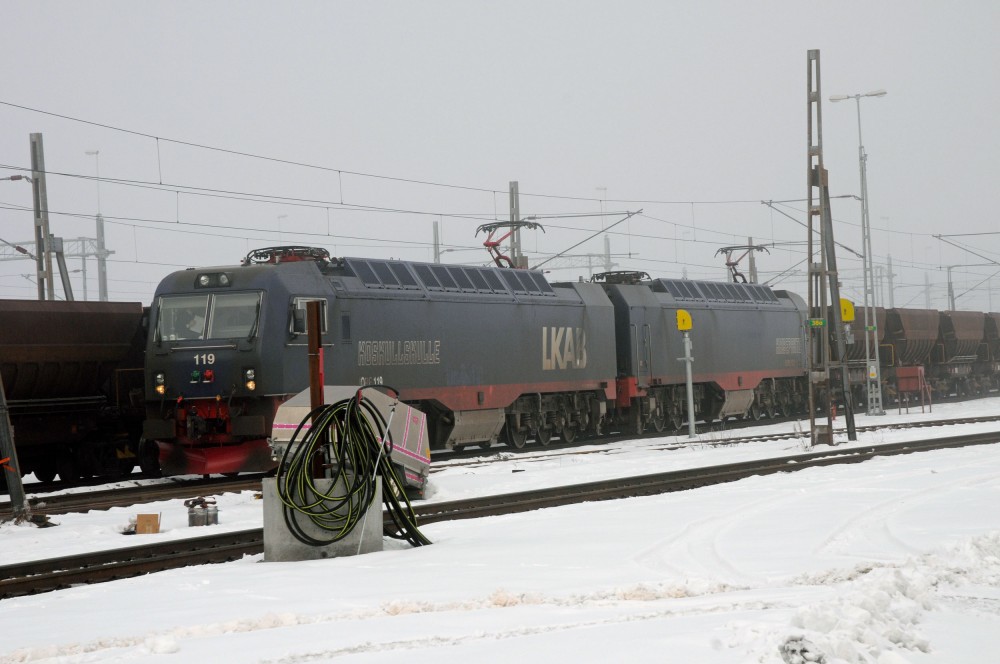
LKAB’s Linda Bjurholt calls for double tracks on the line.
“…. we are now seeing the consequences of the limited capacity Malmbanan has, which we have been talking about for so long. If there had been double tracks, we would have been able to increase traffic south towards Luleå harbor, and the consequences would not have been so long-lasting. Now we have had to put products in stock that will be very difficult to deliver to the customers within a reasonable time,” she says.
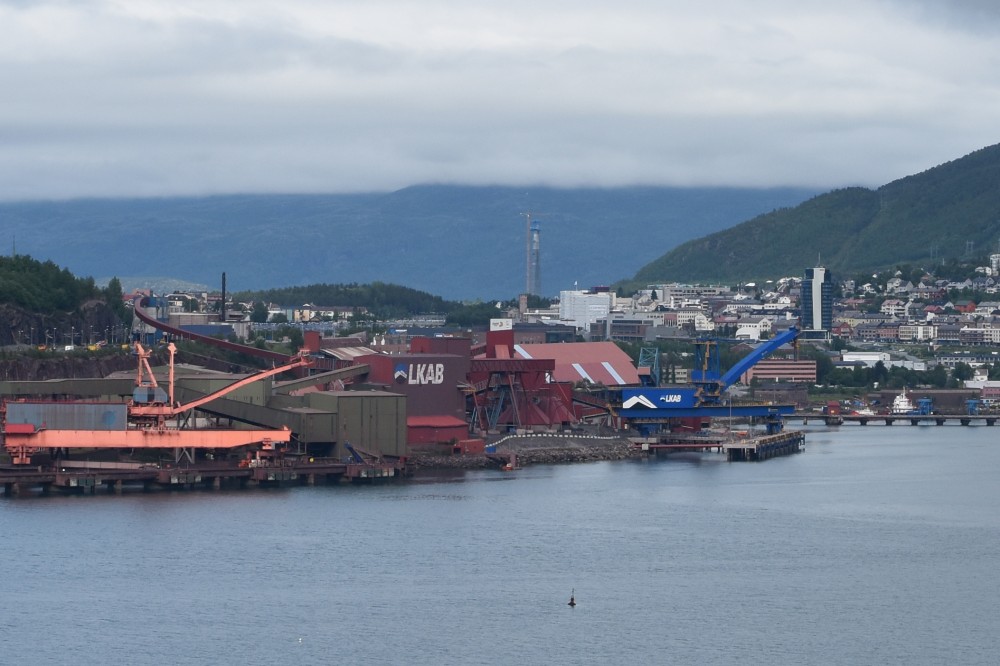
NOTE: This article was updated at 14.45 CET, February 26, with information that the police suspects sabotage.
ADVERTISEMENT
The Barents Observer Newsletter
After confirming you're a real person, you can write your email below and we include you to the subscription list.



